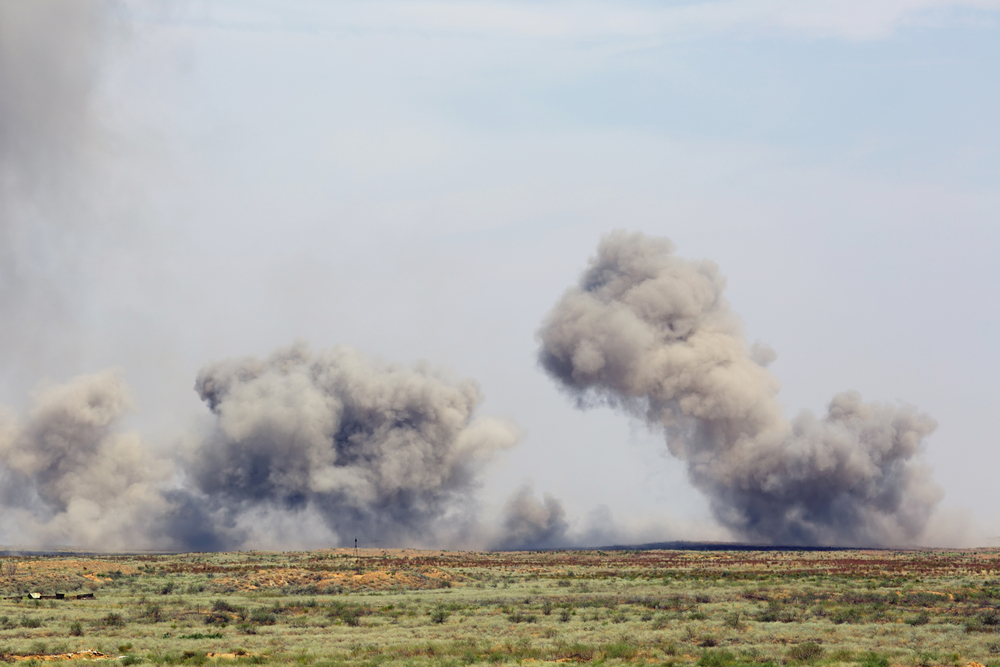
The U.S. Air Force (USAF) and the U.S. Department of Energy’s (DOE) National Nuclear Security Administration (NNSA) recently completed tests of its B61-12 gravity bombs at the Tonopah Test Range in Nevada.
Dropped from an F-15E aircraft, the tests sought to evaluate the weapon’s non-nuclear functions as well as the aircraft’s capability to deliver the weapon accurately.
The most-recent evaluation was a part of a series of tests to certify the B61-12 for service, with the first occurring in March. Testing is expected to continue over the next three years.
“The B61-12 life extension program is progressing on schedule to meet national security requirements,” Phil Calbos, acting deputy administrator for NNSA’s Defense Programs, said. “These realistic flight qualification tests validate the design of the B61-12 when it comes to system performance.”
Included in the flight test was hardware developed by both the Sandia National Laboratory and the Los Alamos National Laboratories, which was manufactured by various Nuclear Security Enterprise plants. The hardware was designed by the Boeing Company under a contract with the Air Force Nuclear Weapons Center.
According to the NNSA, the B61-12 consolidates and replaces four B61 bomb variants in the nation’s nuclear arsenal and the first production unit is scheduled to be completed by 2020.




